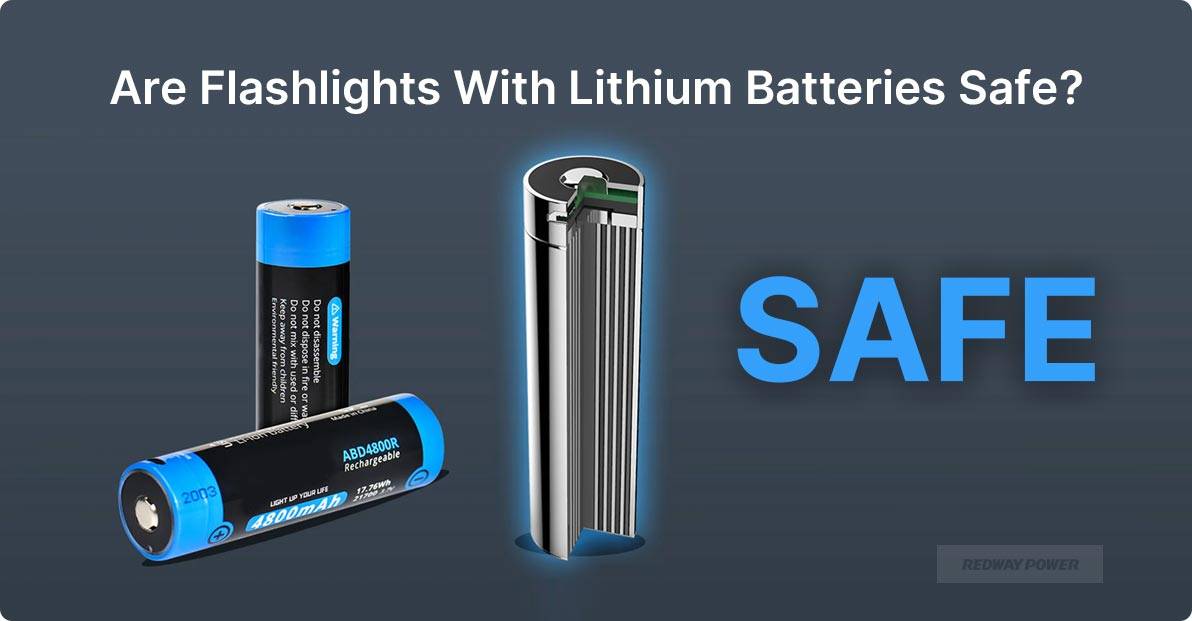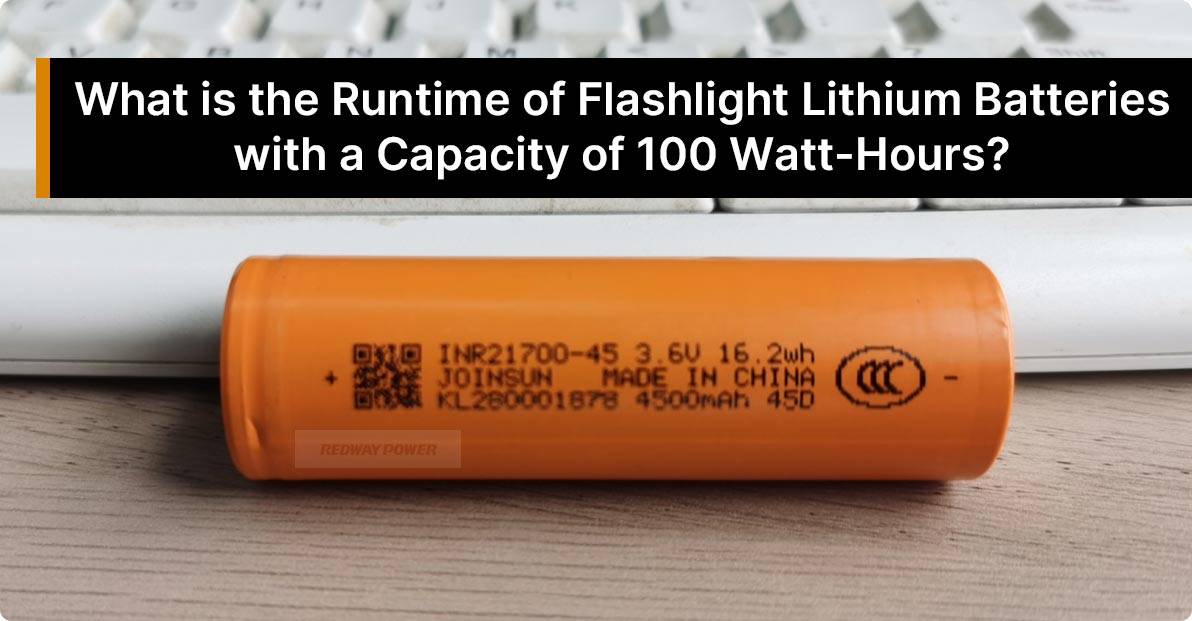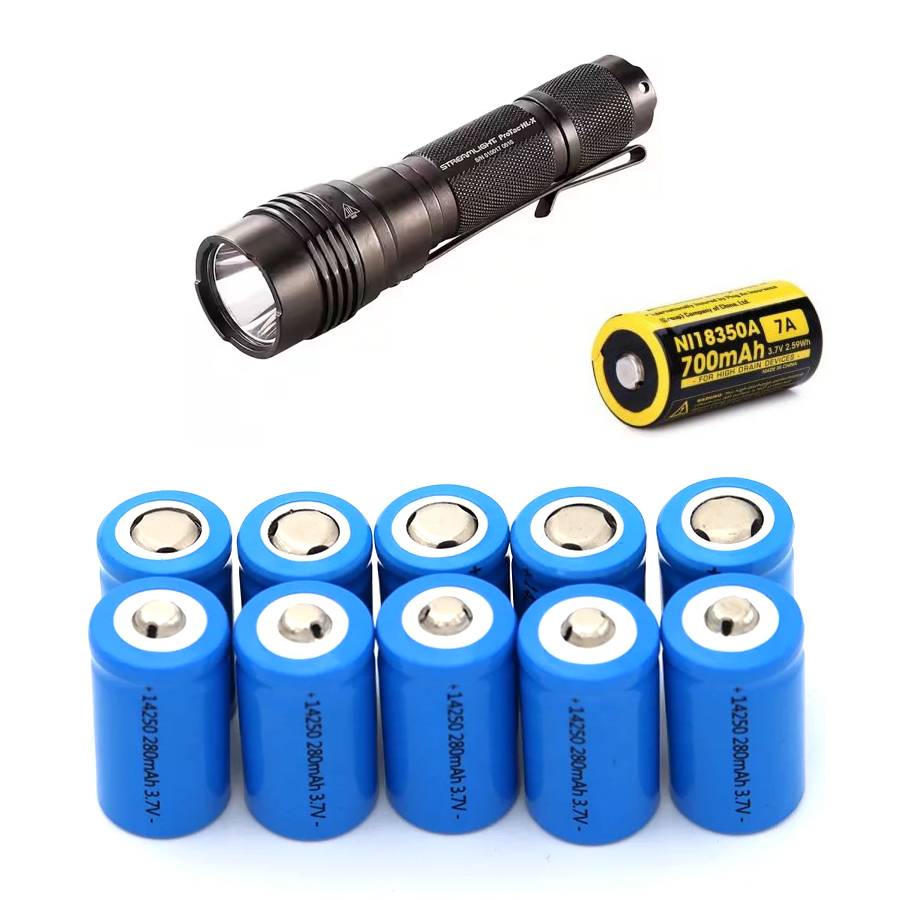- Forklift Lithium Battery
-
48V
- 48V 210Ah
- 48V 300Ah
- 48V 420Ah (949 x 349 x 569 mm)
- 48V 420Ah (950 x 421 x 450 mm)
- 48V 456Ah
- 48V 460Ah (830 x 630 x 590 mm)
- 48V 460Ah (950 x 421 x 450 mm)
- 48V 460Ah (800 x 630 x 600 mm)
- 48V 460Ah (820 x 660 x 470 mm)
- 48V 500Ah
- 48V 560Ah (810 x 630 x 600 mm)
- 48V 560Ah (950 x 592 x 450 mm)
- 48V 600Ah
- 48V 630Ah
-
48V
- Lithium Golf Cart Battery
- 12V Lithium Battery
12V 150Ah Lithium RV Battery
Bluetooth App | BCI Group 31
LiFePO4 Lithium
Discharge Temperature -20°C ~ 65°C
Fast Charger 14.6V 50A
Solar MPPT Charging - 24V Lithium Battery
- 36V Lithium Battery
- 48V Lithium Battery
-
48V LiFePO4 Battery
- 48V 50Ah
- 48V 50Ah (for Golf Carts)
- 48V 60Ah (8D)
- 48V 100Ah (8D)
- 48V 100Ah
- 48V 100Ah (Discharge 100A for Golf Carts)
- 48V 100Ah (Discharge 150A for Golf Carts)
- 48V 100Ah (Discharge 200A for Golf Carts)
- 48V 150Ah (for Golf Carts)
- 48V 160Ah (Discharge 100A for Golf Carts)
- 48V 160Ah (Discharge 160A for Golf Carts)
-
48V LiFePO4 Battery
- 60V Lithium Battery
-
60V LiFePO4 Battery
- 60V 20Ah
- 60V 30Ah
- 60V 50Ah
- 60V 50Ah (Small Size / Side Terminal)
- 60V 100Ah (for Electric Motocycle, Electric Scooter, LSV, AGV)
- 60V 100Ah (for Forklift, AGV, Electric Scooter, Sweeper)
- 60V 150Ah (E-Motocycle / E-Scooter / E-Tricycle / Tour LSV)
- 60V 200Ah (for Forklift, AGV, Electric Scooter, Sweeper)
-
60V LiFePO4 Battery
- 72V~96V Lithium Battery
- Rack-mounted Lithium Battery
- E-Bike Battery
- All-in-One Home-ESS
- Wall-mount Battery ESS
-
Home-ESS Lithium Battery PowerWall
- 24V 100Ah 2.4kWh PW24100-S PowerWall
- 48V 50Ah 2.4kWh PW4850-S PowerWall
- 48V 50Ah 2.56kWh PW5150-S PowerWall
- 48V 100Ah 5.12kWh PW51100-F PowerWall (IP65)
- 48V 100Ah 5.12kWh PW51100-S PowerWall
- 48V 100Ah 5.12kWh PW51100-H PowerWall
- 48V 200Ah 10kWh PW51200-H PowerWall
- 48V 300Ah 15kWh PW51300-H PowerWall
PowerWall 51.2V 100Ah LiFePO4 Lithium Battery
Highly popular in Asia and Eastern Europe.
CE Certification | Home-ESS -
Home-ESS Lithium Battery PowerWall
- Portable Power Stations
We accept OEM, ODM and SKD orders
Flashlight Lithium Batteries Factory Wholesale
Redway Power
Flashlight Lithium Batteries, One-Stop Solution
Redway Power specializes in crafting Flashlight Lithium Batteries, tailor-made for illuminating flashlights with precision. These rechargeable lithium-ion batteries, designed by Redway, serve as the reliable power source, offering high energy density, extended lifespan, and a lightweight design.
Ideal for both professional and consumer-grade flashlights, Redway Power's Flashlight Lithium Batteries ensure a dependable and long-lasting solution for various applications. With a focus on portability and convenience, these batteries exemplify Redway Power's commitment to providing advanced power solutions, ensuring that flashlights powered by their lithium batteries remain a trustworthy light source for outdoor activities, emergencies, and professional use.
Flashlight Lithium Batteries Wholesale
Wholesale flashlight lithium batteries offer high-quality and reliable power solutions for flashlights and other portable lighting devices. These rechargeable lithium-ion batteries are designed with a focus on high energy density, extended lifespan, and lightweight design. With various capacities and sizes available, wholesale flashlight lithium batteries provide dependable and long-lasting power for different flashlight models. Explore the wide range of wholesale options to find the right flashlight lithium batteries for your needs.
What is the wholesale price of lithium battery?
You can click contact us or phone call us. We will give you multiple options of price.
Is Redway Power a trading company or factory?
Redway Power is a company with its own factory, integrating research, development, production, and sales.
How about the quality of Redway's LiFePo4 Battery product?
Redway Power boasts over 12 years of experience in LiFePO4 battery production and is an authorized supplier for CATL and BYD.
Can you do an OEM/ODM project?
Yes, we have engineers available to assist in designing and developing any related products.
What’s your MOQ?
MOQ varies according to battery voltage and capacity.
What payment terms can we accept?
We accept TT/Paypal/West Union, etc.
Flashlight Lithium Batteries Knowledge
Flashlight lithium batteries, specifically lithium-ion (Li-ion) batteries, are widely used in flashlights for their high energy density, long runtimes, and rechargeable nature. These batteries provide sustained brightness and higher performance compared to other battery types. However, it's crucial to handle and use lithium batteries with caution, as they can be dangerous if mishandled or used improperly. Make sure to follow safety guidelines and instructions provided by manufacturers when using flashlight lithium batteries.
Are lithium batteries better for LED flashlights?
Lithium batteries are a popular choice for LED flashlights due to their high energy density and long-lasting power. Unlike traditional alkaline batteries, lithium batteries provide a more consistent level of brightness throughout their lifespan. This means you won’t have to worry about your flashlight dimming unexpectedly when using lithium batteries.
Another advantage of lithium batteries is their ability to handle extreme temperatures better than other battery types. Whether you’re trekking through icy terrain or exploring under the scorching sun, lithium batteries can keep your LED flashlight shining bright.
Additionally, lithium batteries are lightweight and compact, making them ideal for portable devices like flashlights. Their minimal weight won’t weigh you down during outdoor adventures or emergency situations where every ounce counts. With these benefits in mind, it’s no wonder that many flashlight enthusiasts prefer lithium batteries for their LED lights.
Do LED lights have lithium batteries?
LED lights are known for their energy efficiency and long lifespan. Many LED flashlights do indeed use lithium batteries to power them. These batteries provide a reliable and consistent source of power, allowing the flashlight to maintain its brightness over extended periods of time.
Lithium batteries are preferred for LED lights due to their high energy density, lightweight design, and ability to hold a charge for longer periods. This makes them ideal for powering devices like flashlights where reliability is crucial.
When choosing an LED flashlight, it’s important to consider the type of battery it uses. Lithium batteries offer numerous advantages over traditional alkaline or nickel-cadmium options. With proper care and maintenance, LED flashlights with lithium batteries can provide you with bright illumination whenever you need it most.
Can I leave a lithium-ion battery in a flashlight?
One common question that flashlight users often ask is whether it’s okay to leave a lithium-ion battery in their device. The answer? It depends on various factors.
If you’re planning to store your flashlight for an extended period without using it, it’s best to remove the battery. This can help prevent any potential leakage or damage that could occur over time.
On the other hand, if you use your flashlight regularly and keep it in a cool, dry place when not in use, leaving the lithium-ion battery inside should be fine. Just make sure to check the manufacturer’s guidelines for specific recommendations on battery maintenance.
Taking proper care of your flashlight and its batteries will ensure optimal performance and longevity for your trusty light source.
What are the best batteries for LED lights?
When it comes to powering your LED flashlight, choosing the right batteries is essential for optimal performance.
Lithium-ion batteries are often recommended for LED lights due to their high energy density and longer lifespan compared to traditional alkaline batteries. They provide a consistent power output even as they near depletion, ensuring your flashlight remains bright until the end.
Rechargeable lithium batteries are another great option for LED flashlights as they can be used multiple times, reducing waste and saving you money in the long run. Make sure to choose high-quality rechargeable batteries from reputable brands to avoid issues like reduced capacity or shorter cycle life.
For those looking for a budget-friendly option, nickel-metal hydride (NiMH) rechargeable batteries can also be suitable for LED flashlights. While they may not offer the same performance as lithium-ion batteries, NiMH cells are still a reliable choice for everyday use.
The best battery for your LED light will depend on factors such as usage frequency, brightness levels required, and personal preferences. Experimenting with different battery types can help you find the perfect match for your specific needs.
Why isn’t my rechargeable flashlight charging?
Have you ever found yourself in a situation where your rechargeable flashlight just won’t charge? It can be frustrating, especially when you need it the most. One common reason for this could be a faulty charging cable or adapter. Make sure to check if there are any damages or loose connections that might be hindering the charging process.
Another possibility is that the battery itself may have reached the end of its lifespan and needs to be replaced. Over time, rechargeable batteries lose their ability to hold a charge effectively. If this is the case, investing in a new battery could solve the issue and bring your flashlight back to life.
Sometimes, environmental factors like extreme temperatures can also affect the charging capability of lithium batteries. Ensure that you are storing and using your flashlight in conditions recommended by the manufacturer to prevent any charging issues from arising again.
Do LED flashlights need special batteries?
When it comes to LED flashlights, you might wonder if they require special batteries. The answer is both yes and no – LED flashlights don’t necessarily need special batteries designed exclusively for them, but using high-quality batteries can enhance performance.
LED lights are energy-efficient and consume less power compared to traditional bulbs, making them ideal for use with rechargeable lithium-ion or nickel-metal hydride (NiMH) batteries.
It’s essential to choose the right type of battery based on the flashlight’s voltage requirements. Make sure to check the manufacturer’s recommendations before purchasing replacement batteries.
Opting for reputable brands and avoiding generic or low-quality batteries can prevent issues like poor performance or potential damage to your flashlight in the long run. Choose wisely for a brighter and longer-lasting flashlight experience!
Do rechargeable batteries need to be replaced?
Do rechargeable batteries need to be replaced?
Yes, even the best lithium-ion batteries will eventually lose their ability to hold a charge over time. Rechargeable batteries have a limited number of charge cycles before they start to degrade in performance. When you notice that your rechargeable flashlight is not holding its charge like it used to, it might be time to replace the battery.
Remember, investing in high-quality rechargeable lithium batteries can prolong the life of your LED flashlight and ensure reliable performance when you need it most. So keep an eye on your battery’s performance and be prepared to replace them when the time comes for optimal functionality.
Are Flashlights With Lithium Batteries Safe?
Flashlights with lithium batteries are safe to use. Lithium-ion batteries are one of the safest battery chemistries available. Following proper handling, storage, and manufacturer instructions ensures their safe and reliable operation.

- Safety of Lithium-ion Batteries: Lithium-ion batteries are considered one of the safest battery chemistries.
- Proper Handling and Storage: Following proper handling and storage practices is crucial for the safe use of lithium batteries.
- Manufacturer Instructions: Adhering to the instructions provided by the manufacturer ensures safe and reliable operation.
Flashlights with lithium batteries are safe to use, as lithium-ion batteries are known for their safety. By following proper handling, storage, and manufacturer instructions, users can enjoy the benefits of reliable and safe operation when using flashlights equipped with lithium batteries.
Can I Leave Lithium Ion Battery In Flashlight?
The topic of leaving lithium-ion batteries in a flashlight is debated. Some sources suggest that leaving batteries in a flashlight for extended periods, especially in fluctuating temperatures, can lead to faster discharge and degradation of the battery’s capacity. However, others state that it is safe to leave lithium-ion batteries in a flashlight. It is recommended to follow manufacturer instructions and consider factors like temperature and battery health.
- Discharge and Capacity Degradation: Some sources suggest that leaving batteries in a flashlight for extended periods, particularly in fluctuating temperatures, can lead to faster discharge and degradation of the battery’s capacity.
- Safety Considerations: Other sources state that it is safe to leave lithium-ion batteries in a flashlight, but it is crucial to follow manufacturer instructions and consider factors such as temperature and battery health.
The decision of whether to leave lithium-ion batteries in a flashlight depends on various factors and differing opinions. It is recommended to follow manufacturer instructions, consider temperature conditions, and assess the battery’s health.
How does BMS contribute to improving the safety and efficiency of flashlight lithium batteries?
The Battery Management System (BMS) contributes to the safety and efficiency of flashlight lithium batteries by ensuring that the battery operates within its safe operating area (SOA), preventing overcurrent flow, overheating, and damage. It optimizes the charging and discharging process, prolonging the battery’s lifespan and improving its overall performance.
- Safe Operating Area (SOA): The BMS ensures that the battery operates within its safe operating area, preventing overcurrent flow, overheating, and damage.
- Protection Mechanisms: The BMS incorporates protection mechanisms such as overcurrent protection (OCP) to prevent excessive current flow during charging or discharging, reducing the risk of overheating and damage.
- Optimization of Charging and Discharging: The BMS optimizes the charging and discharging process, ensuring efficient energy transfer and prolonging the battery’s lifespan.
The Battery Management System (BMS) is instrumental in improving the safety and efficiency of flashlight lithium batteries. By ensuring the battery operates within its safe operating area, incorporating protection mechanisms, and optimizing charging and discharging, the BMS enhances the overall performance, safety, and lifespan of flashlight lithium batteries.
What is the Runtime of Flashlight Lithium Batteries with a Capacity of 100 Watt-Hours?
The runtime of flashlight lithium batteries with a capacity of 100 watt-hours can vary depending on factors such as power consumption, brightness level, and battery efficiency. It is recommended to use battery runtime calculators or consult manufacturer specifications for estimating the runtime.

- Runtime Factors: The actual runtime depends on variables like power consumption, brightness level, and battery efficiency.
- Battery Runtime Calculators: Use battery runtime calculators or consult manufacturer specifications for estimating the runtime.
- Individual Variation: The runtime may differ between different flashlight models and brands.
The runtime of flashlight lithium batteries with a 100 watt-hour capacity can vary based on power consumption, brightness level, and battery efficiency. It is recommended to use battery runtime calculators or consult manufacturer specifications to estimate the runtime for specific flashlight models and brands.
How Often Do You Need To Change The Battery In A Flashlight?
To maintain optimal performance, it is recommended to replace the batteries in a flashlight or lantern every few months if it isn’t used for extended periods. This ensures that the flashlight has fresh, working batteries and helps prevent battery leakage.
- Recommended Frequency: It is generally advised to replace the batteries in a flashlight or lantern every few months if it isn’t used for extended periods.
- Fresh, Working Batteries: Regular replacement ensures that the flashlight has fresh, working batteries for optimal performance.
- Prevention of Battery Leakage: Changing batteries helps prevent battery leakage, which can damage the flashlight.
To maintain optimal performance and prevent battery leakage, it is recommended to replace the batteries in a flashlight or lantern every few months if it isn’t used for extended periods. This ensures that the flashlight has fresh, working batteries and can operate reliably when needed.
Can Lithium Ion Batteries Catch Fire When Not In Use?
Lithium-ion batteries can catch fire when not in use if they are stored improperly or if environmental temperature ranges are not maintained. Factors such as high temperatures, exposure to moisture, or physical damage can increase the risk of a lithium-ion battery catching fire, even when not actively in use.
- Improper Storage: Storing lithium-ion batteries improperly can increase the risk of fire, especially if they are exposed to high temperatures or moisture.
- Environmental Temperature Ranges: Failure to maintain the recommended temperature ranges can contribute to the risk of a lithium-ion battery catching fire.
- Physical Damage: Physical damage to the battery, such as punctures or cracks, can also increase the risk of fire.
Lithium-ion batteries can catch fire when not in use if they are stored improperly, exposed to extreme temperatures or moisture, or sustain physical damage. It is essential to follow proper storage guidelines and ensure that the batteries are kept in a suitable environment to minimize the risk of fire.
Inquiry Now














